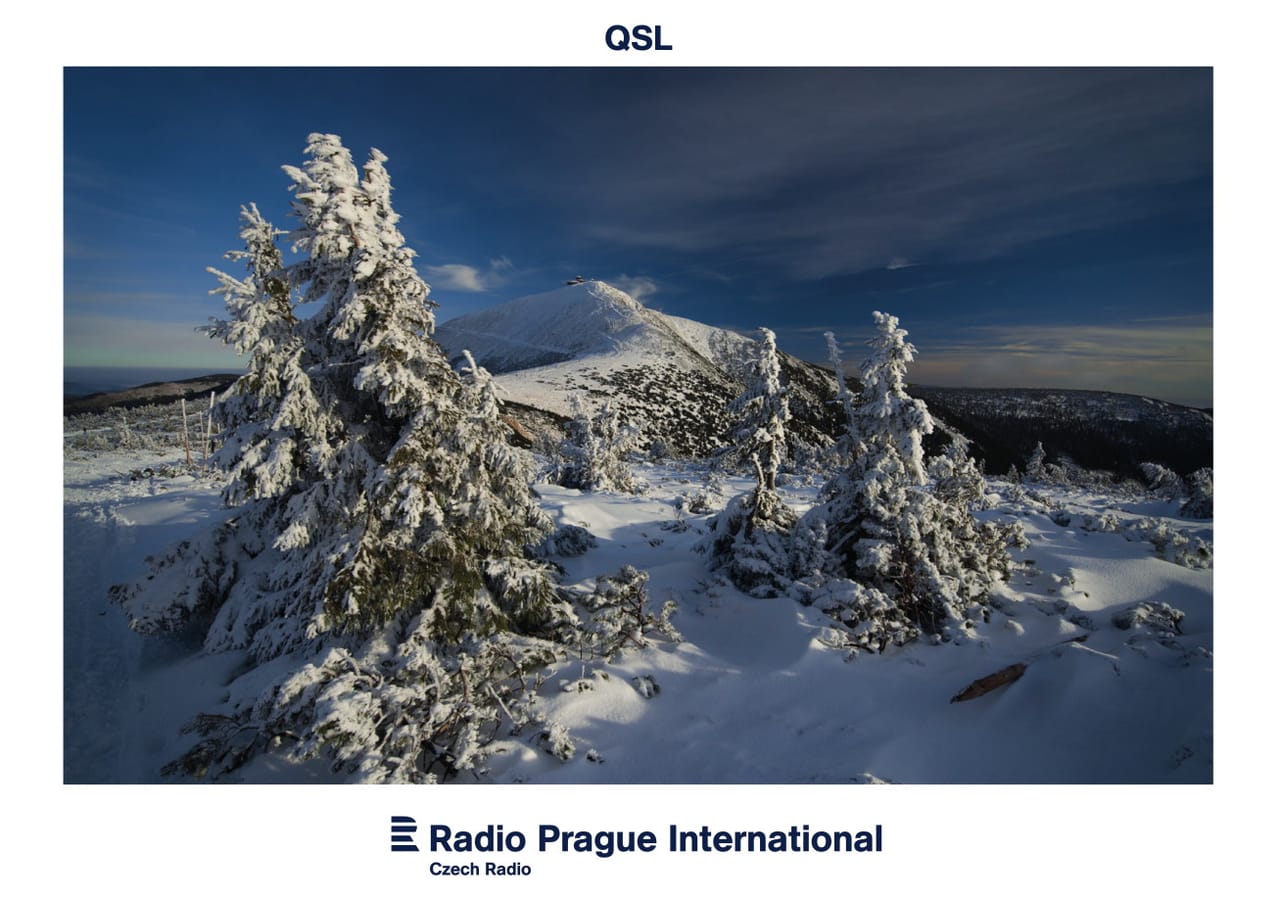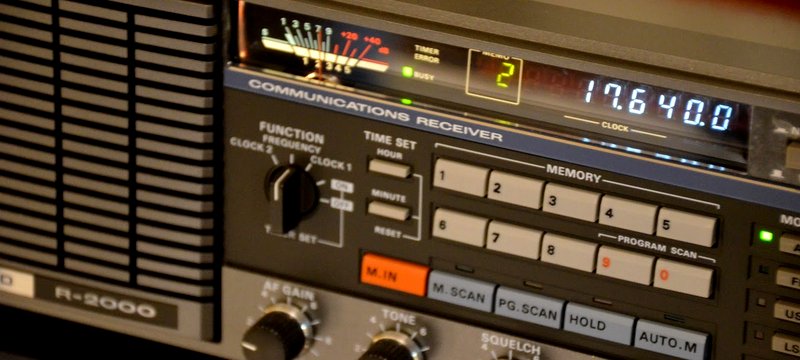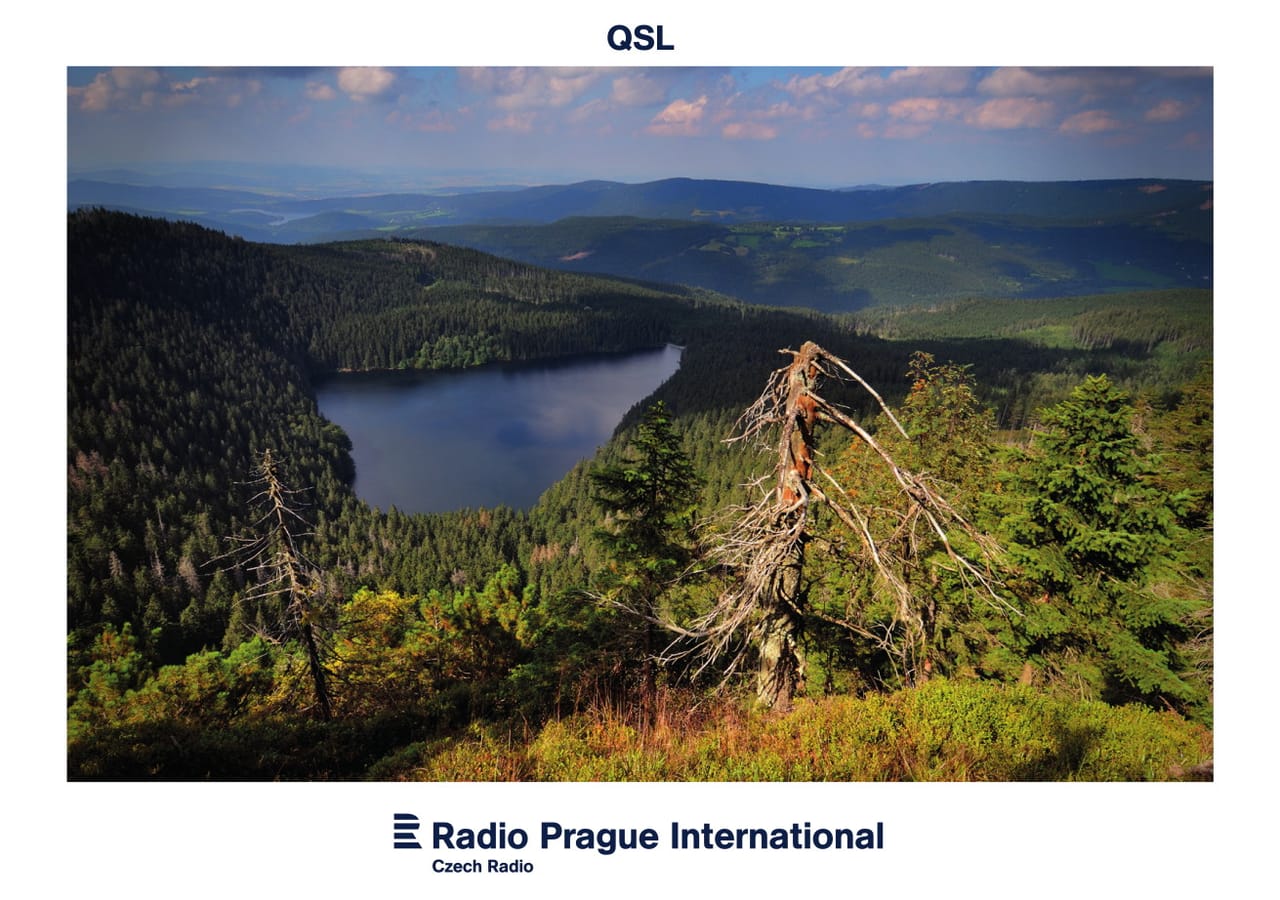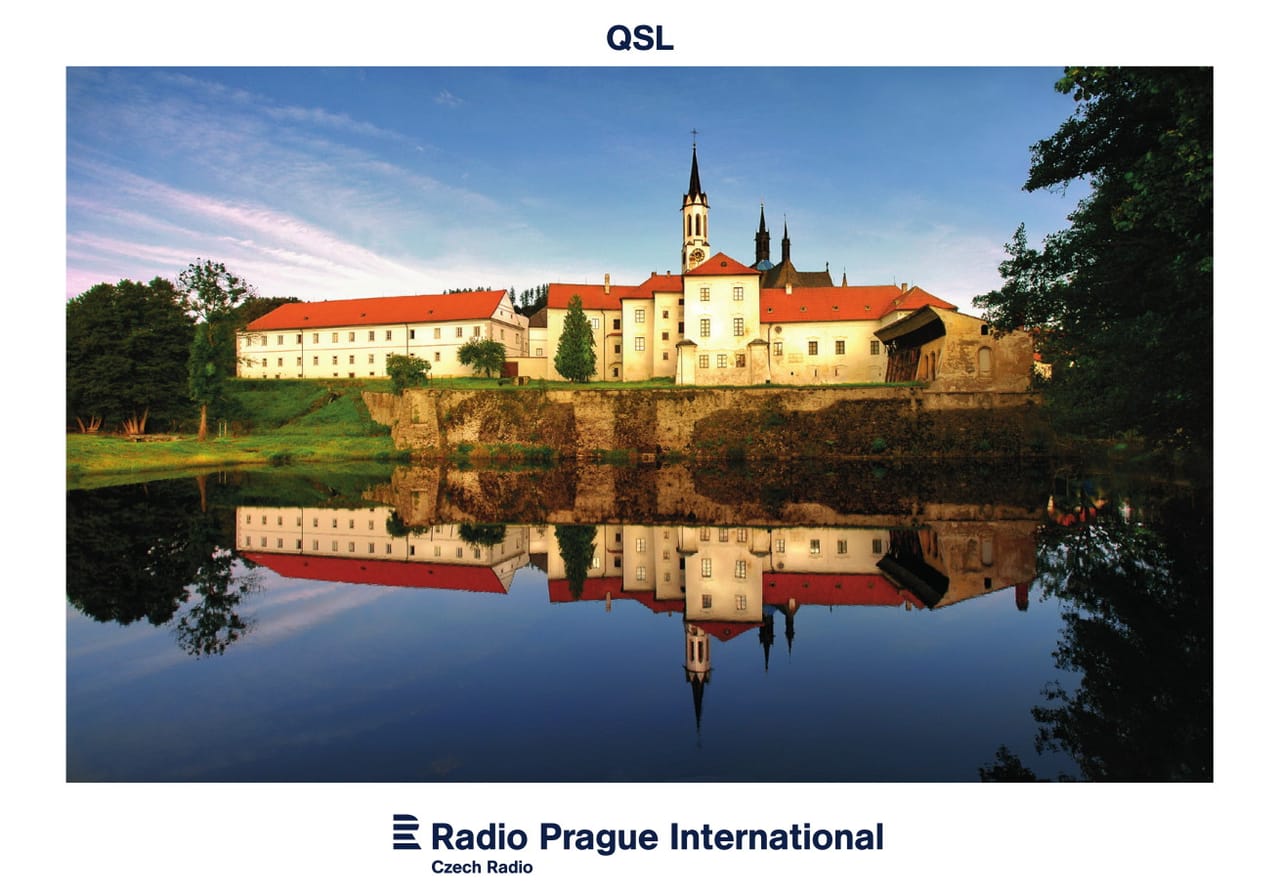Radio Waves: Stories Making Waves in the World of Radio
Because I keep my ear to the waves, as well as receive many tips from others who do the same, I find myself privy to radio-related stories that might interest SWLing Post readers. To that end: Welcome to the SWLing Post’s Radio Waves, a collection of links to interesting stories making waves in the world of radio. Enjoy!
Many thanks to SWLing Post contributors David Iurescia, Kris Partridge, and the Southgate ARC for the following tips:
AIR to double broadcast time for programmes in six languages (Deccan Herald)
Starting Monday, All India Radio (AIR) programmes in six neighbourhood languages, including in Dari, Pashto, Baluchi and Mandarin Chinese, will be available to listeners every day in the morning and evening. The AIR’s external services division has doubled the time for the programmes aired in Dari, Pashto, Baluchi, Mandarin Chinese, Nepali and Tibetan languages, the public broadcaster said in a statement on Sunday.
The programmes in these six languages will be aired on shortwave frequency and also live streamed on YouTube, NewonAir App, DD Free Dish, it said.
“The external services division of the All India Radio is expanding its transmission in six neighbourhood languages from January 3, 2022. These languages are Dari, Pashto, Baluchi, Mandarin Chinese, Nepali and Tibetan,” the public broadcaster said. [Continue reading…]
Radio Prague’s QSL Cards (Radio Prague)
The three letters – QSL – constitute one of the codes originally developed in the days of the telegraph. All codes consisted of three letters beginning with “Q”. Later some of these “Q” codes were adopted by radio-telegraphists and radio listeners. QSL means “contact confirmed” or “reception confirmed”.
 The expression “QSL card” or just “QSL” gradually came to be used among radio-amateurs and then more broadly as radio began to develop as a mass medium. Radio stations were keen to know how well and how far away their programmes could be heard and began to send their listeners “QSL cards” in return for reception reports. The card would include letters making up the “call sign” of the station – the system still used in the United States – or the broadcasting company’s logo or some other illustration. The card would also include a text stating the frequency and the transmitter output power, and a confirmation of when the listener heard the station.
The expression “QSL card” or just “QSL” gradually came to be used among radio-amateurs and then more broadly as radio began to develop as a mass medium. Radio stations were keen to know how well and how far away their programmes could be heard and began to send their listeners “QSL cards” in return for reception reports. The card would include letters making up the “call sign” of the station – the system still used in the United States – or the broadcasting company’s logo or some other illustration. The card would also include a text stating the frequency and the transmitter output power, and a confirmation of when the listener heard the station.
 Domestic broadcasters do not tend to use QSL cards these days, but their popularity remains among radio stations broadcasting internationally. They are still keen to know how well they can be heard in the parts of the world to which they broadcast. In the era of shortwave broadcasts Radio Prague sent out QSL cards for reception reports received. Today we also send QSL cards to those who listen to us on the internet.
Domestic broadcasters do not tend to use QSL cards these days, but their popularity remains among radio stations broadcasting internationally. They are still keen to know how well they can be heard in the parts of the world to which they broadcast. In the era of shortwave broadcasts Radio Prague sent out QSL cards for reception reports received. Today we also send QSL cards to those who listen to us on the internet.
https://english.radio.cz/reception-report
Click here to read at Radio Prague and view all QSL cards for 2022.
Ham Radio on the Moon (Southgate ARC)
Japan’s OMOTENASHI, the world’s smallest moon lander, will have an X-band and UHF communication system, although it will not carry an amateur band transponder.
OMOTENASHI is a 6 Unit sized CubeSat set for launch via a NASA SLS rocket as early as February 2022. It will have a mission period of 4 to 5 days. The name is an acronym for Outstanding Moon Exploration Technologies demonstrated by Nano Semi-Hard Impactor. Wataru Torii of the Japan Aerospace Exploration Agency Ham Radio Club, JQ1ZVI, said radio amateurs can play a role in gathering data from the spacecraft.
The spacecraft is made up of two separable components, both having independent communication systems, an orbiting module and a surface probe. The orbiting module will take the surface probe to the moon. It will transmit beacon or digital telemetry data on 437.31 MHz. The moon lander surface probe will transmit digital telemetry or three-axis acceleration analog-wave with FM modulation on 437.41 MHz. Transmitter power is 1 Watt, enough to be picked up with a high gain yagi.
According to Torii, JQ1ZVI, if they succeed in receiving the UHF signal from the surface probe, one could know the acceleration data of the impact on the moon and the success of the landing sequence. They already have a station for the uplink and downlink at Wakayama in Japan, normally used as an EME station. However, when the moon and satellite is not visible from Japan, help with the receiption of the downlink signal will be needed from ham radio stations worldwide.
The orbiting module beacon will transmit on 437.31 MHz using PSK31. The surface probe beacon will transmit on 22.41 MHz using FM, PSK31, and PCM-PSK. [Click here to read at the Southgate ARC…]
The bottom of the big waves which broadcast France Inter (Media-Radio.info)
(Please note that this news source is in French. The following excerpt is a rough translation.)
The FFH station had to be replaced.
The CNET facilities in Saint-Assise ensured the broadcast of the time signal by means of the FFH transmitter on 2.5 MHz. The broadcast was unstable due to shortwave disturbances [propagation] and no longer met the criteria of the time.
The ideal would have been to install a specific VLF transmitter of a few tens of kilowatts, like Germany with its DCF77 station in Mainflingen.
Another solution: to use installations with the army. This is the solution adopted by the USSR, whose VLF transmitters for links with submarines broadcast the time signals.
[…]It’s time to do the math.
For almost 3 years, 1100 kWh have been consumed for a service that could have been provided by a VLF transmitter of only 50 kWh! This is 22 times more consumption than the Mainflingen transmitter which provides the same service. An invoice for which TDF does not specify the amount: personnel, operation, energy, as well as maintenance and depreciation.
It is technically impossible to reverse a choice that dates back to the 70s!
Power reduction?
It was only this summer, nearly two and a half years behind, that ANFR performed tests to optimize the broadcast signal strength. The signal strength was lowered to 800 kW from July 2 to 4, 2019. The ANFR did not observe any major reception problems.
This is without taking into account that the minimum power had been set by CNET studies at 600 kW.
Now the power has come back to the consumption of a city of 5,000 inhabitants.
The file progressed slowly … It must be said that the sleight of hand between ANFR, DGE and return to ANFR did not help matters.
You can’t see the end of the tunnel.
Shutdown is not an option given the number of users. This service provides a very high precision and reliable time reference. It has the advantage that it can be better received in indoor spaces than other time bases, such as GPS or mobile phone networks.
A replacement is nowhere near and when it is found it will be years before all 300,000 pieces of equipment are replaced.
We could propose a cost split between a broadcaster and ANFR, instead of charging taxpayers in full.
[Click here to read the full story in French…]
Do you enjoy the SWLing Post?
Please consider supporting us via Patreon or our Coffee Fund!
Your support makes articles like this one possible. Thank you!





But when will AIR return the General Overseas (English) Service to the air? We miss that!
You can hear what was called “The General Overseas Service” on the AIR NewsOn Air app (and I assume on their website – I use the app daily). The English language external service is now known as “World Service 1”.
But for those of us with metered internet connections this is just not helpful! …. Bring back radio!
“Allouis Transmitter Silenced”
No. Only Radio France’s use of the 162 kHz transmitter ended on 31 December 2016:
https://shortwavearchive.com/archive/france-inter-longwave-162-khz-final-sign-off-december-31-2016
But, as the article discusses, the transmitter continues in operation to this day and into the foreseeable future for time keeping purposes.
Thank you for the clarification, Richard!